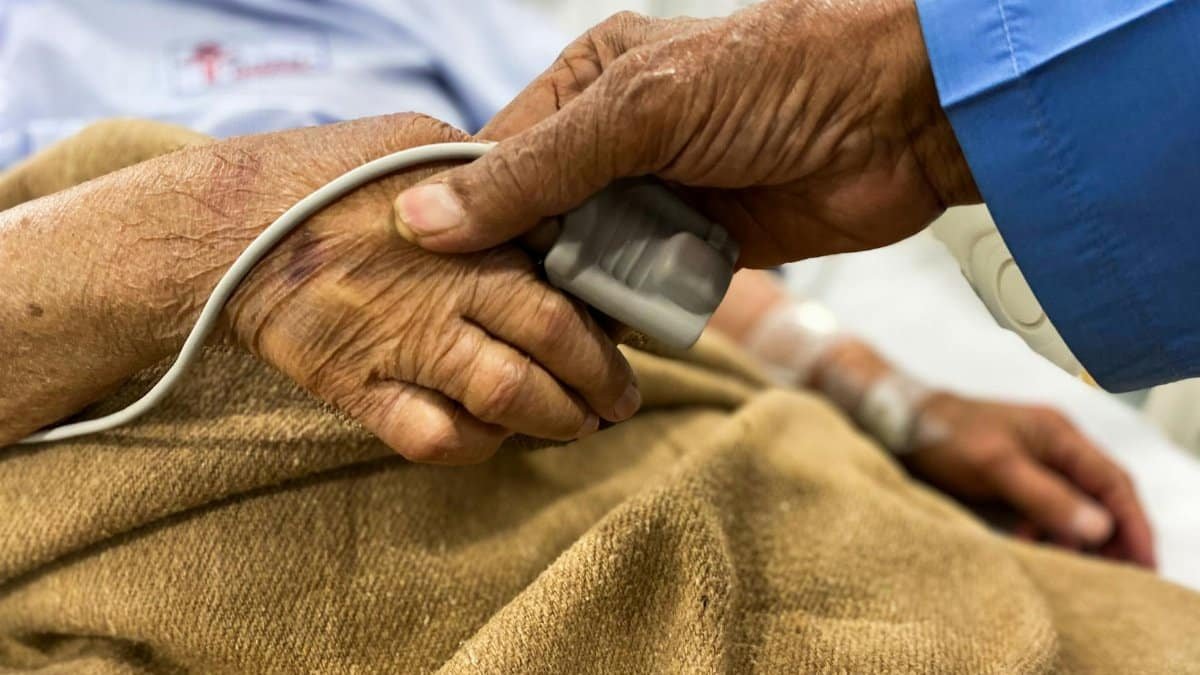Walk into any coffee shop or community center in Portland or Boulder these days, and you’ll likely overhear conversations about wellness that weren’t common a decade ago. There’s a subtle shift happening. People aren’t just talking about diets or gym routines; they’re exploring something deeper—how the mind and body intertwine to heal from life’s hardest blows. Mind-body healing, once dismissed by some as fringe, has become a quiet undercurrent in how many Americans approach trauma. It’s not just about feeling better temporarily. It’s about addressing wounds—often invisible—that linger long after the event. Why has this approach gained traction? And what truths about trauma does it reveal that we rarely discuss openly? Let’s unpack nine realities that cut through the silence, showing how this holistic perspective can reshape recovery in ways both surprising and profound.
1. Trauma Isn’t Just in Your Head

Trauma doesn’t sit neatly in the realm of thoughts or memories. It embeds itself physically. A racing heart during a harmless conversation, a tight chest when facing a familiar trigger—these aren’t just mental echoes. Research from institutions like Harvard Medical School shows that trauma can alter the body’s stress response systems, like the hypothalamic-pituitary-adrenal axis, keeping people in a near-constant state of alert. Check out more on this at Harvard Health Publishing. Mind-body healing steps in here, recognizing that recovery must address these physiological imprints, not just the stories we tell ourselves about what happened.
Think of a woman who, years after a car accident, still flinches at the sound of screeching tires. Therapy helped her process the memory, but her body hadn’t caught up. Through practices like somatic experiencing—a method focusing on bodily sensations—she began to release that stored tension. It’s a reminder: healing isn’t complete until the body feels safe again.
2. The Body Keeps Score, Even When You Don’t

There’s a phrase that’s gained traction in trauma circles, thanks to psychiatrist Bessel van der Kolk: the body keeps the score. Even if someone buries a painful experience, their body might manifest it through chronic pain, fatigue, or digestive issues. A 2018 study by the National Institutes of Health linked unresolved trauma to higher rates of somatic symptoms—physical complaints with no clear medical cause. Dive into the data at NIH Study on Trauma and Somatic Symptoms. Mind-body healing often starts by noticing these signals, not ignoring them.
Consider how often we push through exhaustion or discomfort, chalking it up to stress. What if those aches are whispers of something deeper? Approaches like yoga therapy or mindfulness-based stress reduction encourage tuning in, helping individuals map where trauma hides in their frame. It’s slow work, but transformative.
3. Healing Isn’t Linear—And That’s Okay

Hollywood often portrays recovery as a straight line: hit rock bottom, find a solution, and emerge fixed. Reality begs to differ. Trauma recovery, especially through mind-body healing, is more like a spiral. One day, a meditation session brings calm; the next, a similar practice unearths raw grief. Experts at the Trauma Research Foundation emphasize that setbacks are part of integration, not failure. Learn more at Trauma Research Foundation.
This uneven path frustrates many. A man in his 40s, after starting breathwork to address childhood trauma, described feeling both lighter and more vulnerable in the same week. “It’s like peeling an onion,” he said quietly. “Every layer stings.” Accepting this messiness is itself a form of progress, a truth rarely voiced in a culture obsessed with quick fixes.
4. Silence Around Trauma Amplifies Its Power

Why do so many carry trauma alone? Shame often seals lips shut. Society’s discomfort with pain—especially emotional or historical wounds—reinforces this silence. Yet, mind-body healing often hinges on breaking that barrier, whether through shared rituals like group therapy or simply naming the hurt in a safe space. Studies by the American Psychological Association show that social connection can buffer trauma’s long-term effects. See their insights at APA on Trauma and Stress.
When people stay quiet, the body absorbs the weight. A clenched jaw or hunched shoulders might signal years of unspoken struggle. Practices like expressive writing or guided imagery, often used in mind-body approaches, offer a release valve. They don’t erase the past, but they loosen its grip.
5. Not All Trauma Looks Dramatic

Mention trauma, and images of war or assault often spring to mind. But smaller, cumulative hurts—neglect, rejection, or chronic stress—can wound just as deeply. These “little t” traumas, as psychologists call them, shape how people move through the world, often without conscious awareness. Mind-body healing shines a light on these subtler scars, validating their impact.
Imagine a middle-aged woman who grew up with a critical parent. No single event stands out, yet she struggles with self-worth. Through body-centered therapy, she notices how she braces herself in social settings, as if expecting judgment. Unpacking that physical habit opened a door to understanding—and softening—her inner critic. It’s a quiet revelation, but no less powerful.
6. The Mind Can Trick, But the Body Tells the Truth

People often intellectualize trauma, spinning narratives to downplay its sting. “I’m over it,” someone might insist, while their hands tremble at a memory’s edge. The body doesn’t lie. Mind-body healing leverages this honesty, using sensations as a compass to guide recovery. Therapists trained in somatic methods often ask, “Where do you feel that in your body?” rather than “What do you think about it?”
This shift can unsettle at first. But for many, it’s grounding. Online, one person shared anonymously how years of talk therapy left them stuck in loops of overthinking. Only when they focused on their shallow breathing during anxious moments did a breakthrough emerge. The body became a map, not a battleground. That’s a truth worth sitting with.
7. Cultural Narratives Shape How We Heal

Americans in 2025 face a paradox: a culture that celebrates resilience often downplays vulnerability. “Tough it out” still echoes in many corners, discouraging holistic approaches to trauma. Yet, mind-body healing challenges this, drawing from traditions—think Indigenous practices or Eastern philosophies—that view mind and body as inseparable. It’s a clash of worldviews, and navigating it isn’t always smooth.
In some communities, admitting to trauma feels like betrayal; in others, it’s a badge of survival. A group session in a Midwestern town revealed this tension—participants hesitated to share until a facilitator tied breathing exercises to “reclaiming strength.” Reframing made space for healing. How we talk about trauma matters as much as the tools we use.
8. Accessibility to Healing Isn’t Equal

Here’s a hard truth: not everyone can access mind-body healing with ease. Sessions like somatic therapy or acupuncture often come with steep price tags, and insurance coverage lags. Rural areas might lack trained practitioners altogether. While online resources grow, they can’t replicate in-person connection for everyone. This gap mirrors broader inequities in mental health care.
Community initiatives offer hope, though. Free mindfulness classes in urban libraries or sliding-scale clinics in some cities show what’s possible. Still, the burden shouldn’t fall on individuals to seek out patchwork solutions. Until systemic barriers shrink, the promise of holistic recovery remains out of reach for too many—a reality that demands attention.
9. Healing Is a Lifelong Practice, Not a Destination

Finally, let’s dispel the myth of being “fully healed.” Trauma’s imprint may fade, but it often leaves traces—subtle reminders in how someone reacts or rests. Mind-body healing reframes this not as failure, but as an ongoing journey. It’s about building resilience to meet those echoes with compassion, not dread.
A veteran in his 50s, after years of integrating meditation into his routine, still has days where old fears surface. But now, he notices his body’s cues sooner and breathes through them. “It’s not about erasing the past,” he reflected. “It’s about living with it differently.” That mindset shift, perhaps, is the deepest truth of all. Recovery isn’t a finish line; it’s a way of being, revisited daily with patience and grit.
